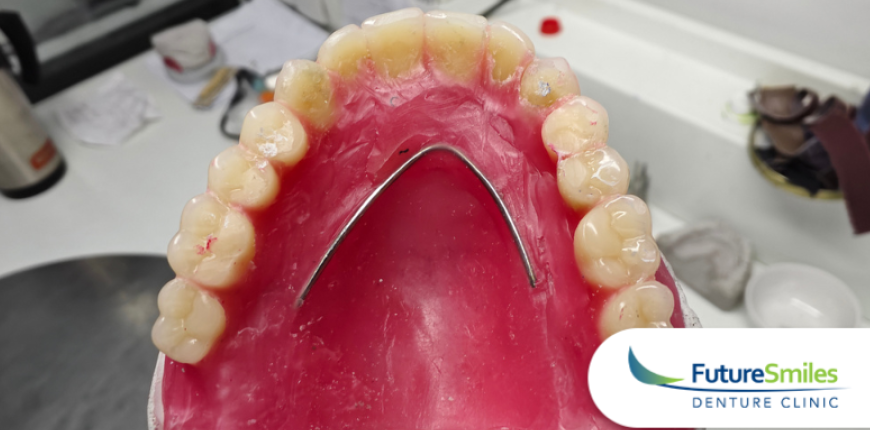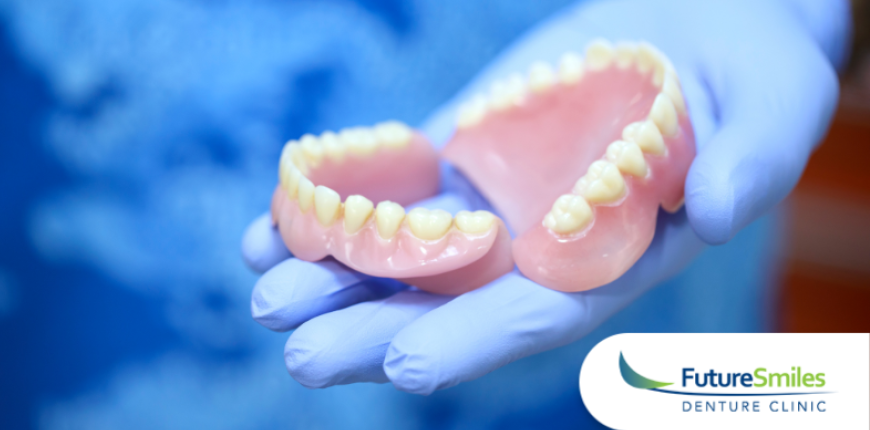If you've lost more than one tooth, an implant-supported bridge can be the ideal way to restore your smile without sacrificing neighbouring teeth.
What is an Implant Supported Bridge? Implant-supported bridges are a tooth replacement for individuals who have lost two or more teeth that are adjacent to each other. They are a modern, stronger alternative to treatments such as conventional bridges and partial dentures, because the dentures are supported by the implant vs natural teeth or no teeth at all.
How Do Implant-Supported Bridges Work?
A “bridge” is a dental prosthesis that replaces one or more teeth, and is anchored on either end to the jaw. This ensures that the denture stays in place when the patient is chewing or speaking. Traditional dental bridges are anchored to the jaw by teeth on either side of the gap. These are called “abutment teeth”, and are covered by crowns that have the dental prosthetic in between.
While conventional dental bridges definitely have advantages over removable partial dentures, which some patients may find uncomfortable or unstable, they still have some downsides. This is because they require the reshaping of healthy teeth on either side of the gap in order to place the crowns that are connected to the dental bridge. Plus, the pressure of chewing and day-to-day wear can put stress on both the bridge and the natural teeth it is anchored to.
Benefits of Calgary Tooth Implant Bridges
- Implant-supported dentures offer patients the stability of a crown-and-bridge implant without the need to alter nearby teeth.
- Implant supported bridges are also more long-lasting than their conventional counterparts. According to the Vancouver Institute of Cosmetic and Implant Dentistry, “Studies show that traditional crowns and bridges have a 15-20% failure rate within ten years, yet implants have less than 2% failure rate after ten years. If one were to collect longer-term data, say 15 to 20 years, the disparity would be even greater.”
- Dental implants can also help prevent bone resorption in the jaw.
Getting Your Tooth Implants: The Implant-Supported Bridge Procedure
Step 1: Consultation
If these facts have you considering dental implants, you can schedule a consultation to find out if it's right for you. At a consultation, your denturist will examine your mouth, take X-rays, and may also take a mould of your mouth. Additionally, if you require a tooth extraction or bone density check, you may be sent to a dentist for an additional consultation.
Step 2: First Tooth Implant Surgery
When it is time for your procedure, your dental implant surgeon will put the implant into your jawbone. Depending on the number of teeth that require replacement, you may require two or more implants added at various points in the jaw. Normally, one implant is added for each missing tooth.
Step 3: Second Tooth Implant Surgery and Crown Placement
Then, one the implant heals and fuses with your jaw, abutments will be placed. You will be given a temporary crown. Once your gums are healed you can return for a permanent crown.
Post-Surgery Dental Implant Care
After you receive your dental implants, it’s important to care for your new smile just as you do your natural teeth. Your denturist may suggest measures such as using a special brush to clean between the implant and your teeth.
Contact Us For A Tooth Implant Consultation
If you're seeking a stable, comfortable, and aesthetically pleasing alternative to partial removable dentures, or conventional bridge-and-crown dentures, give us a call at (403) 475-0016 or book an appointment online. If you have any mobility limitations, be sure to ask our team about house call appointments.






